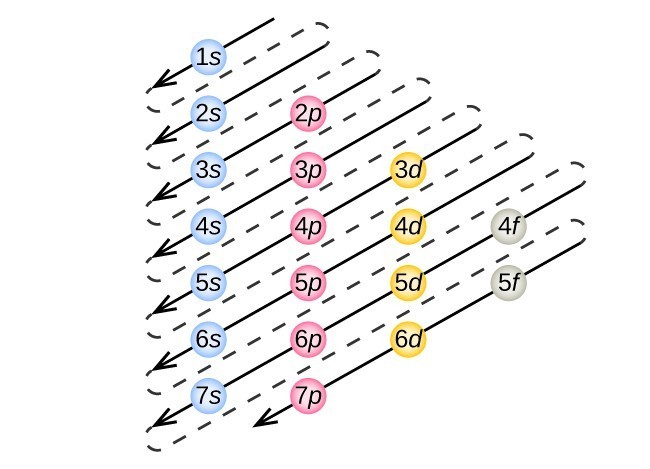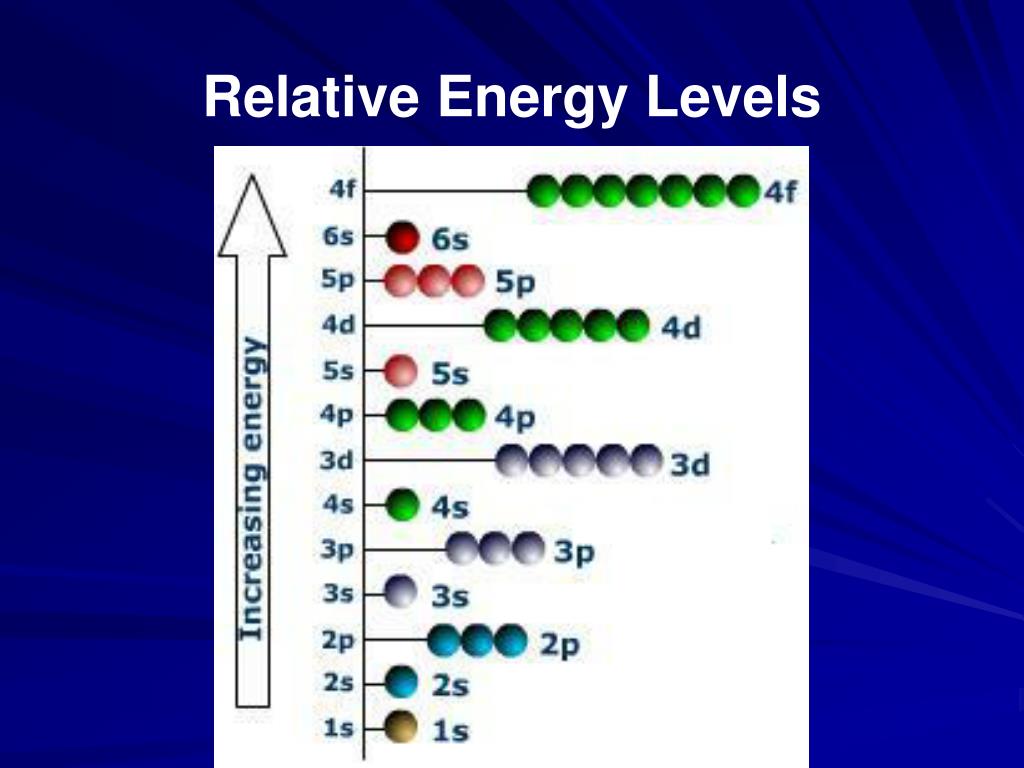

They are usually constructed by combining atomic orbitals or hybrid orbitals from each atom of the molecule, or other molecular orbitals from groups of atoms. Mathematically, molecular orbitals are an approximate solution to the Schrödinger equation for the electrons in the field of the molecule's atomic nuclei. The electrons from the constituent atoms occupy the molecular orbitals. When multiple atoms combine chemically into a molecule, the electrons' locations are determined by the molecule as a whole, so the atomic orbitals combine to form molecular orbitals. In an isolated atom, the orbital electrons' location is determined by functions called atomic orbitals. At an elementary level, they are used to describe the region of space in which a function has a significant amplitude. Mulliken in 1932 to mean one-electron orbital wave functions. The terms atomic orbital and molecular orbital were introduced by Robert S. This function can be used to calculate chemical and physical properties such as the probability of finding an electron in any specific region. In chemistry, a molecular orbital is a mathematical function describing the location and wave-like behavior of an electron in a molecule. The right column shows virtual MO's which are empty in the ground state, but may be occupied in excited states. The orbital wave functions are positive in the red regions and negative in the blue.

The white and grey line visible in some MO's is the molecular axis passing through the nuclei. The left column shows MO's which are occupied in the ground state, with the lowest-energy orbital at the top. Complete acetylene (H–C≡C–H) molecular orbital set.


 0 kommentar(er)
0 kommentar(er)
